- No products in the cart.
Montelukast tab Gesves. 5mg 28 pcs vertex
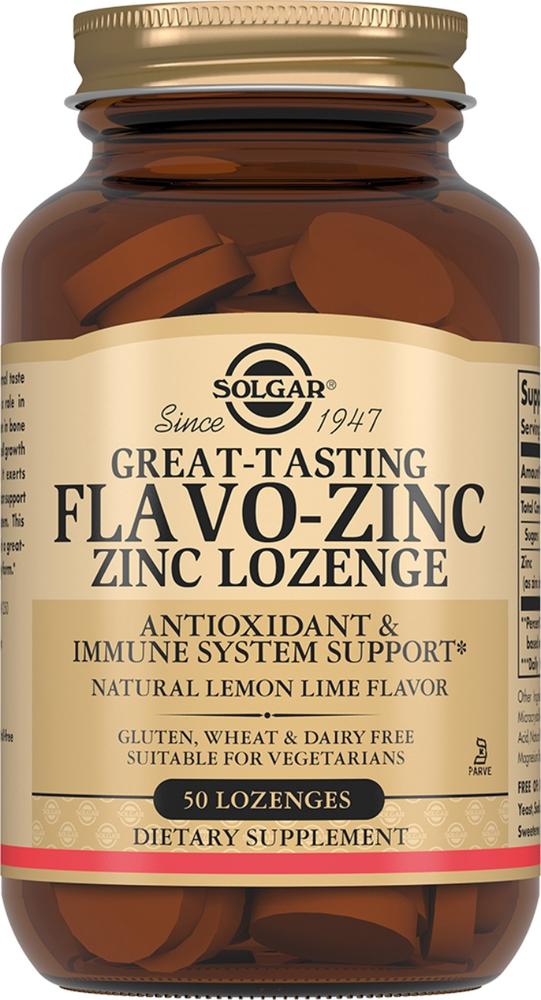
Solgar lozenges 50 pcs Flavio zinc
$14.54
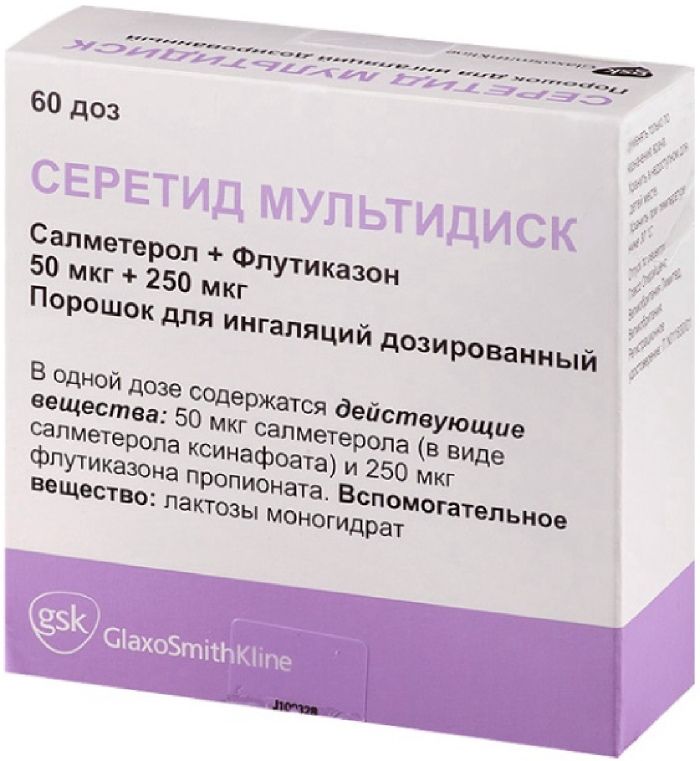
Seretide multidisk powder ing.dozir. 50mkg / 250mkg 60doz with inhaler
$33.31
$19.19
Montelukast tab Gesves. 5mg 28 pcs vertex
Description
Composition
Active substance:
1 tablet comprises montelukast sodium – 5.2 mg (in terms of Montelukast – 5.0 mg) ;.
Excipients:
Mannitol – 203.3 mg; Microcrystalline cellulose – 81.0 mg; giproloza (hydroxypropyl) – 3.0 mg; Magnesium stearate – 3.0 mg; Cherry flavor – 3.0 mg; Aspartame – 1.5 mg.
Description:
Round biconvex white or nearly white with a cherry scent.
Product form:
Chewable tablets 5 mg. 10, 14, 15 or 30 tablets in blisters of the light-shielding polyvinyl chloride film and aluminum foil. 30 or 60 tablets in a bank of high-density polyethylene. 1, 3 or 6 contour cell packs of 10 tablets 1, 2 or 4 blisters 14 tablets 1, 2 or 4 blisters 15 tablets, 1 or 2 blisters of 30 tablets or one bank with instructions for use in a stack of cardboard.
Contraindications
Hypersensitivity to any component of the drug; Children under 6 years of age; phenylketonuria.
Dosage
5 mg
Indications
Prevention and long-term treatment of asthma, including prevention of daytime and nighttime symptoms; treatment of asthma in patients with hypersensitivity to acetylsalicylic acid; prevention of bronchoconstriction induced by exercise; relief of daytime and nighttime symptoms of seasonal allergic rhinitis and perennial allergic rhinitis.
Interaction with other drugs
Montelukast can be administered together with other drugs that are usually used for the prevention and long term treatment of asthma and / or allergic rhinitis. The recommended therapeutic dose of montelukast no clinically significant effect on the pharmacokinetics of the following drugs: theophylline, prednisone, prednisolone, oral contraceptives (ethinyl estradiol / norethisterone 35/1), terfenadine, and warfarin digoxin.
Montelukast AUC value decreases while receiving phenobarbital about 40%, but it does not require changes in drug dosing regimen Montelukast.
In in vitro studies have shown that montelukast inhibited CYP 2S8 isoenzyme of cytochrome P450, but in the study of drug interactions in vivo montelukast and rosiglitazone (metabolized involving CYP isoenzyme cytochrome 2S8) is not received confirmation montelukast isoenzyme inhibition CYP 2S8. Therefore, in clinical practice, not supposed to influence montelukast 2S8 CYP-mediated metabolism of certain drugs, including paclitaxel, rosiglitazone, repaglinide, etc.
Studies in vitro have shown that montelukast is a substrate isozymes CYP 2S8, 2S9 and 3A4. These clinical studies of drug interactions in relation montelukast and gemfibrozil (CYP inhibitor like 2S8 and 2S9) demonstrate that the effect of gemfibrozil increases the systemic exposure of Montelukast 4.4 times. Co-administration of itraconazole, a potent inhibitor of CYP 3A4 isozyme, together with gemfibrozil and montelukast did not lead to further increase the effect of systemic exposure of Montelukast. Effect of gemfibrozil on systemic exposure of Montelukast can not be considered clinically significant on grounds of safety when used at doses higher than the approved dose of 10 mg for adult patients (e.g., 200 mg / day for adult patients for 22 weeks, and up to 900 mg / day for patients taking the drug for approximately one week, no clinically meaningful adverse effects). Therefore, when co-administered with gemfibrozil montelukast dose adjustment is required. By in vitro studies results not expected clinically significant drug interactions with other known inhibitors of CYP isoenzyme 2S8 (e.g., trimethoprim). In addition, co-administration of montelukast with itraconazole alone did not lead to a significant increase in the effect of the systemic exposure of montelukast.
Combined treatment with bronchodilators
Montelukast is a reasonable addition to bronchodilators alone, if they do not provide adequate control of asthma. Upon reaching the therapeutic effect of montelukast therapy on the background you can begin a gradual reduction in the dose of bronchodilators.
Combined treatment with inhaled glucocorticosteroids
montelukast treatment provides an additional therapeutic effect to patients applying inhaled glucocorticosteroids. Upon reaching the stabilization of the patient can start a gradual reduction of the dose of glucocorticosteroid under the supervision of a physician. In some cases a complete abolition of inhaled glucocorticosteroids, but not recommended abrupt replacement of inhaled glucocorticosteroids on montelukast.
Overdose
symptoms
Data on overdose symptoms while taking montelukast patients with asthma in a dose exceeding 200 mg a day for 22 weeks and at a dose of 900 mg per day for one week have been identified.
There have been cases of acute overdose of montelukast (intake of at least 1000 mg per day) Post-registration period and during clinical studies in adults and children. Clinical and laboratory data showed a comparable safety profile of montelukast in children, adults and elderly patients.
The most common side effects are thirst, drowsiness, vomiting, agitation, headache, mydriasis, abdominal pain. These side effects are consistent with the safety profile of montelukast.
Treatment
Treatment in the event of acute overdose is symptomatic. No information about specific treatment of overdose of montelukast. Data on the effectiveness of peritoneal dialysis or hemodialysis is not.
pharmachologic effect
Pharmacological group:
The anti-inflammatory agent antibronhokonstriktornoe – leukotriene receptor blocker.
Pharmacodynamics:
Cysteinyl-leukotrienes (LTC4, LTD4, LTE4) are potent mediators of inflammation – eicosanoids, which are released by different cells including mast cells and eosinophils. These important proastmaticheskie mediators bind to cysteinyl leukotriene receptor. Cysteinyl leukotriene receptor type 1 (CysLT1-receptors) are present in the human airway (including, in the cells of the bronchial smooth muscle, macrophages) and other proinflammatory cells (including eosinophils and certain myeloid stem cells). Cysteinyl-leukotrienes are correlated with the pathophysiology of asthma and allergic rhinitis. In asthma, leukotriene-mediated effects include bronchoconstriction, increased mucus secretion, and increased vascular permeability increase in the number of eosinophils. In allergic rhinitis after allergen exposure is released cysteinyl-leukotrienes from inflammatory cells of nasal mucosa during the early and late phase allergic reaction, which manifests symptoms of allergic rhinitis. When sample with a nasal-cysteinyl leukotrienes was shown an increase airway resistance and nasal obstruction symptoms.
Montelukast – highly active when administered drug, which significantly improves indices of inflammation in bronchial asthma. According to the biochemical and pharmacological analysis of a drug with a high selectivity and affinity chemically binds to CysLT1-receptors (instead of other pharmacologically important airway receptors such as prostaglandin, cholinergic or adrenergic beta-receptors). Montelukast inhibits the physiological effect of cysteinyl leukotrienes, LTC4, LTD4, LTE4 by binding to CysLT1-receptors without exerting stimulatory effect on these receptors.
Montelukast CysLT1-receptors inhibits airway epithelium thereby reduces the bronchoconstriction caused by inhalation of the cysteinyl-leukotriene LTD4 in patients with bronchial asthma. Dose of 5 mg is sufficient for relief of bronchospasm induced by LTD4.
Montelukast causes bronchodilation within two hours after ingestion, and can complement bronchodilation caused by beta2-agonists.
Use of montelukast at doses exceeding 10 mg per day, taken singly, does not increase the efficacy of the drug.
Pharmacokinetics:
Suction
Montelukast is rapidly and almost completely absorbed after oral administration. In the fasted chewable tablets 5 mg maximum plasma concentration (Cmax) achieved in adults over 2 h. The mean oral bioavailability is 73%.
Distribution
Montelukast binds to plasma proteins by more than 99%. The volume of distribution of montelukast in a state of equilibrium concentration averages 8-11 liters. Studies in rats with radiolabeled montelukast indicate minimal penetration of the blood brain barrier. Furthermore, the concentration of the labeled montelukast 24 hours after the administration was minimal in all other tissues.
Metabolism
Montelukast is extensively metabolised. In the study of the therapeutic dose in a state of equilibrium concentration in blood plasma in adults and children concentration of metabolites of montelukast is not determined.
Studies in vitro using human liver microsomes revealed that cytochrome P450 isozymes CYP: 3A4, 2A6, 2S8 and 2S9 are involved in the metabolism of montelukast. According to further research results carried out in vitro in human liver microsome, montelukast therapeutic concentration in blood plasma did not inhibit cytochrome P450 isozymes CYP: 3A4, 2C9, 1A2, 2A6, 2C19 and 2D6.
breeding
The plasma clearance of montelukast in healthy adults is 45 ml / min. After ingestion of radiolabelled montelukast 86% of its amount is output from the intestine for 5 days and less than 0.2% – kidneys, which confirms that the montelukast and its metabolites are excreted almost exclusively with bile.
The half-life of montelukast in young healthy adults is between 2.7 and 5.5 hours. Pharmacokinetics montelukast retains substantially linear ingestion doses greater than 50 mg. When receiving montelukast in the morning and evening differences pharmacokinetics was observed. Upon receiving the 10 mg montelukast once daily observed moderate (about 14%) cumulation of the active substance in the blood plasma.
Pharmacokinetics in different patient groups
Floor
The pharmacokinetics of montelukast in women and men is similar.
elderly patients
In single dose administration of 10 mg montelukast pharmacokinetic profile and bioavailability similar in elderly patients and younger patients. The half-life of montelukast from plasma bit more in elderly patients. Correction of the dose in elderly patients is not required.
Race
There were no differences in clinically relevant pharmacokinetic effects in patients of different races.
Liver failure
Patients with liver failure mild to moderate severity and clinical manifestations of cirrhosis marked slowing metabolism of montelukast, accompanied by increase in the area under the curve “concentration – time» (AUC) of about 41% after a single dose of the drug at a dose of 10 mg. Montelukast half-life period in these patients increases slightly (mean half-time – 7.4 h). Changing the dose of montelukast in patients with hepatic insufficiency, mild to moderate severity is not required. Information on the nature of the pharmacokinetics of montelukast in patients with severe hepatic insufficiency (more than 9 points on a scale Child-Pugh) do not.
kidney failure
Because montelukast and its metabolites are not excreted via the kidney, the pharmacokinetics of montelukast in patients with renal insufficiency has not been assessed. Correction dose for this patient group is not required.
Pregnancy and breast-feeding
Montelukast clinical studies in pregnant women have been conducted. Montelukast is a drug should be used during pregnancy and lactation only if the expected benefit to the mother outweighs the potential risk to the fetus or child. During post-marketing use of montelukast was reported on the development of birth defects of extremities in newborns whose mothers took montelukast during pregnancy. Most of these women were also taking other medications for the treatment of asthma during pregnancy. A causal association between montelukast and development of congenital limb defects is not installed.
It is not known if montelukast is excreted in breast milk. Because many drugs are excreted in breast milk, it is necessary to consider the appointment of the drug montelukast lactating women.
Conditions of supply of pharmacies
Prescription.
side effects
Side effects are usually mild and usually did not require discontinuation of therapy.
Disorders of the nervous system: headache, dizziness, somnolence, paresthesia / hypoesthesia, seizures.
Violations of the heart palpitations.
Violations of the respiratory system, thorax and mediastinum: epistaxis, pulmonary eosinophilia.
Mental disorders: agitation including aggressive behavior or hostility, anxiety, depression, disorientation, impaired attention, abnormal dreams, hallucinations, insomnia, memory impairment, psychomotor activity (including irritability, restlessness, and tremor), somnambulism, suicidal ideation and behavior.
Disorders of the gastrointestinal tract: diarrhea, dyspepsia, nausea, vomiting, pancreatitis, abdominal pain, thirst.
Disorders of the liver and biliary tract: increased activity of alanine aminotransferase (ALT) and aspartate aminotransferase (AST), hepatitis (including cholestatic, and mixed hepatocellular liver injury).
Violations by musculoskeletal and connective tissue disorders: arthralgia, myalgia, muscle cramps.
Blood disorders and lymphatic system: increased tendency to bleeding, thrombocytopenia.
Violations of the skin and subcutaneous tissue: the tendency to the formation of hematomas, erythema nodosum, erythema multiforme, pruritus, rash, urticaria, angioedema.
Disorders of immune system: hypersensitivity reactions, including anaphylaxis, hepatic eosinophilic infiltration.
Infectious and parasitic diseases: upper respiratory tract infections.
General disorders and at the injection site: asthenia (weakness) / fatigue, edema, pyrexia.
special instructions
Efficacy of montelukast for ingestion in the treatment of acute asthma attacks has not been established. Therefore, the drug montelukast tablets is not recommended for the treatment of acute asthma attacks. Patients should be instructed always carry emergency medications for the relief of asthma attacks (inhaled beta2-agonists, short-acting).
You should not stop taking the drug montelukast in acute asthma. Please remember to use of drugs emergency cupping (inhaled short-acting beta2-agonists).
Patients with confirmed allergy to aspirin and other nonsteroidal anti-inflammatory drugs (NSAIDs) do not have to take these medications during the treatment with Montelukast as Montelukast, improving pulmonary function in patients with allergic bronchial asthma, however, can not completely prevent induced their non-steroidal anti-inflammatory drug bronchoconstriction.
Dose glucocorticoids for inhalation or ingestion, taken during treatment with montelukast, you can gradually reduce under medical supervision. However, sharp replace glucocorticosteroids drug Montelukast should not be carried out.
In patients treated with montelukast, neuropsychiatric disorders have been described (see. Section “Side effects”). Given that these symptoms could be caused by other factors, it is not known whether they are associated with taking montelukast. The physician needs to discuss this undesirable phenomenon with patients and / or their parents / guardians. Patients and / or their parents / guardians need to explain that in the event of such symptoms should inform your doctor.
In rare cases, patients treated with anti-asthma drugs, including leukotriene receptor antagonists experienced one or more adverse effects of the following: eosinophilia, rash, worsening pulmonary symptoms, cardiac complications and / or neuropathy, sometimes diagnosed as Churg-Strauss syndrome, (systemic eosinophilic vasculitis ). These cases were sometimes associated with a reduction in dose or withdrawal of corticosteroid therapy for ingestion. Although the causation of these undesirable phenomena therapy with antagonists of leukotriene receptors has not been established in patients taking montelukast, care should be taken to conduct an appropriate clinical observation.
The preparation of Montelukast chewable tablet contains 5 mg of aspartame – phenylalanine source. Пациенты с фенилкетонурией должны быть проинформированы, что каждая жевательная таблетка содержит аспартам в количестве, эквивалентном 0,842 мг фенилаланина, и препарат Монтелукаст таблетки жевательные 5 мг не следует принимать пациентам с фенилкетонурией.
The effect on the ability of control of vehicles and mechanisms
There is no evidence that receiving montelukast affect the ability to drive a car or moving machinery, is not revealed. Однако при применении препарата могут возникнуть такие побочные эффекты, как головокружение и сонливость. Ввиду этого, следует соблюдать осторожность при управлении автотранспортом и выполнении действий, требующих быстроты психомоторных реакций.
Storage conditions
Хранить в защищенном от света месте при температуре не выше 25 С. Хранить в недоступном для детей месте.
Dosing and Administration
Препарат Монтелукаст принимают внутрь один раз в сутки независимо от приема пищи. Таблетку можно проглатывать целиком или разжевать перед проглатыванием. Для лечения бронхиальной астмы препарат следует принимать вечером. При лечении аллергических ринитов препарат можно принимать в любое время суток. Пациенты с бронхиальной астмой и аллергическим ринитом должны принимать одну таблетку один раз в сутки вечером.
Дети в возрасте от 6 до 14 лет
Одна таблетка жевательная по 5 мг один раз в сутки.
Подбора дозы для этой возрастной группы не требуется.
Взрослые и подростки с 15 лет
Доза для взрослых и детей старше 15 лет составляет 10 мг монтелукаста один раз в сутки.
Терапевтическое действие препарата Монтелукаст на показатели, отражающие течение бронхиальной астмы, развивается в течение первого дня. Пациенту следует продолжать принимать препарат как в период достижения контроля симптомов бронхиальной астмы, так и в период обострения заболевания.
Special patient groups
Для пациентов пожилого возраста, пациентов с почечной недостаточностью, пациентов с нарушениями функции печени легкой или средней степени тяжести коррекция дозы не требуется. Доза препарата одинакова для пациентов женского и мужского пола.
Применение препарата Монтелукаст одновременно с другими видами лечения бронхиальной астмы
Препарат Монтелукаст можно добавлять к лечению пациента бронходилататорами и ингаляционными глюкокортикостероидами (ГКС).
Information
Appearance may differ from that depicted in the picture. There are contraindications. You need to read the manual or consult with a specialist
Additional information
| Weight | 0.100 kg |
|---|---|
| Manufacturer | VERTEX |


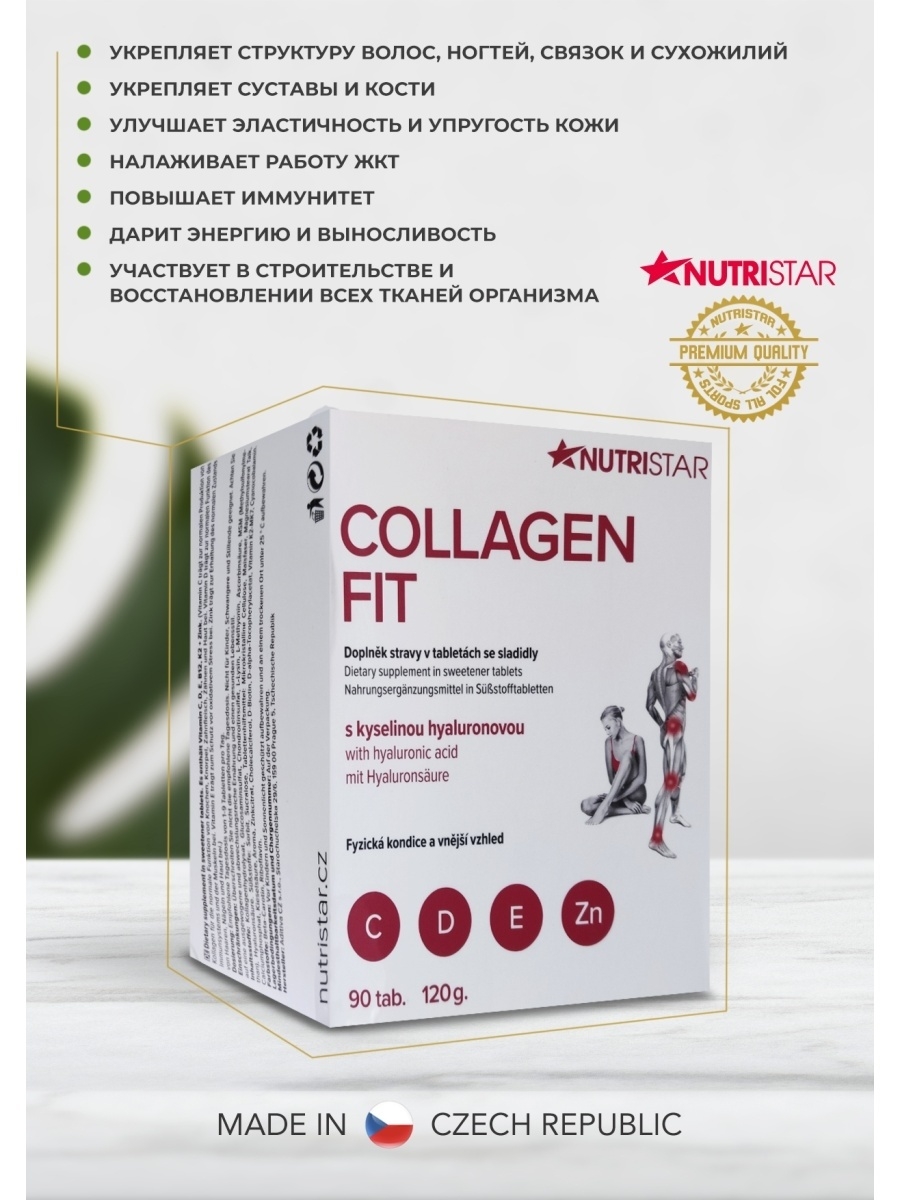
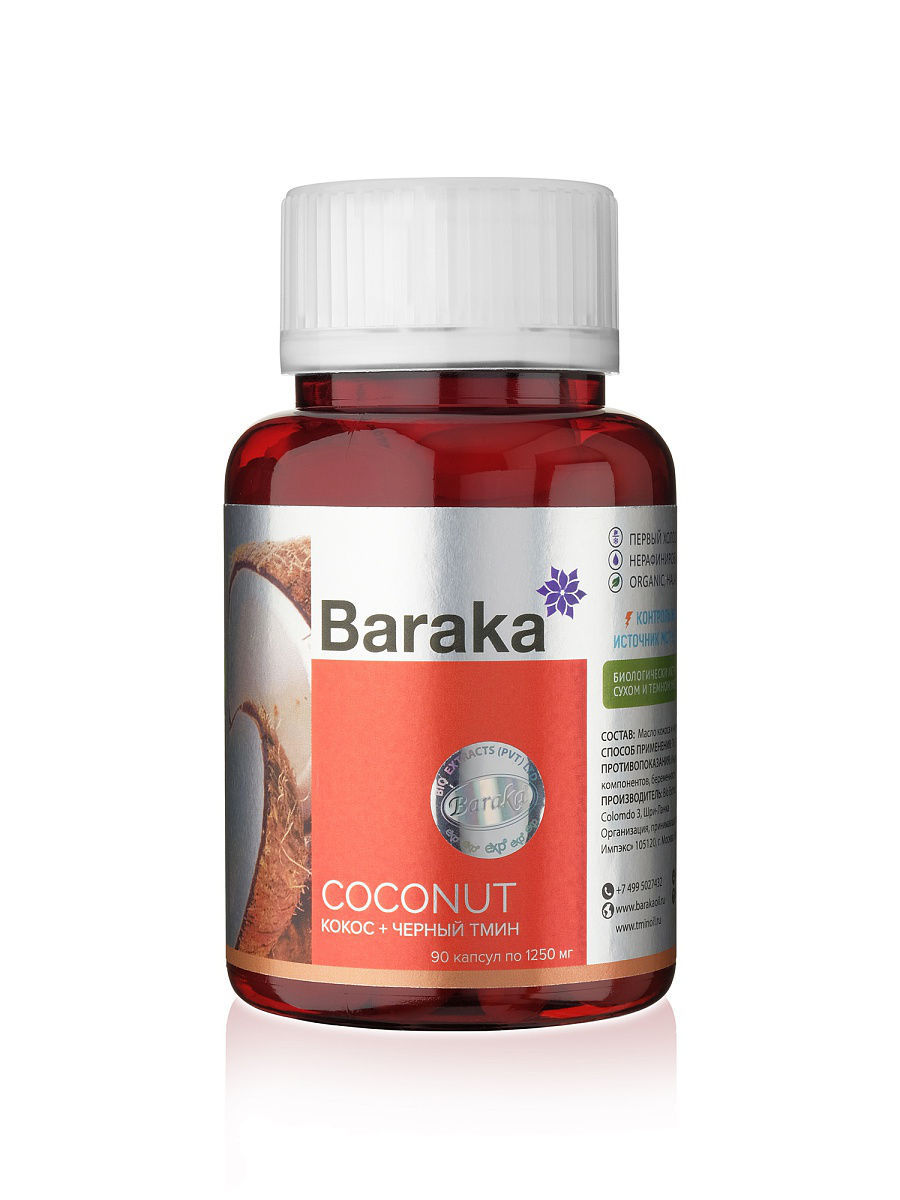
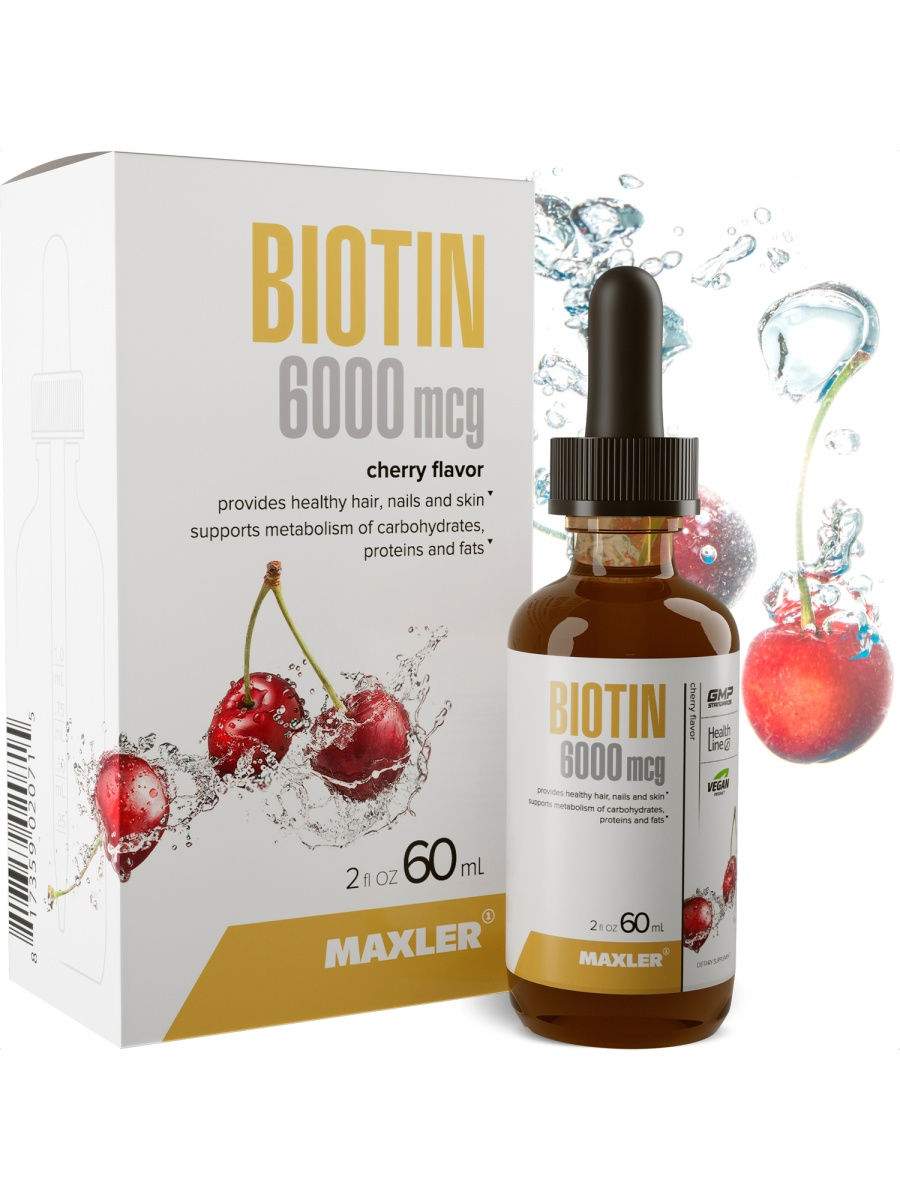
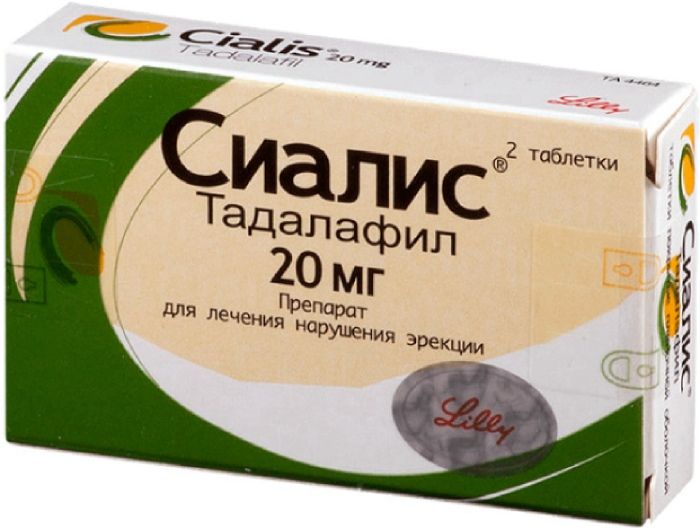
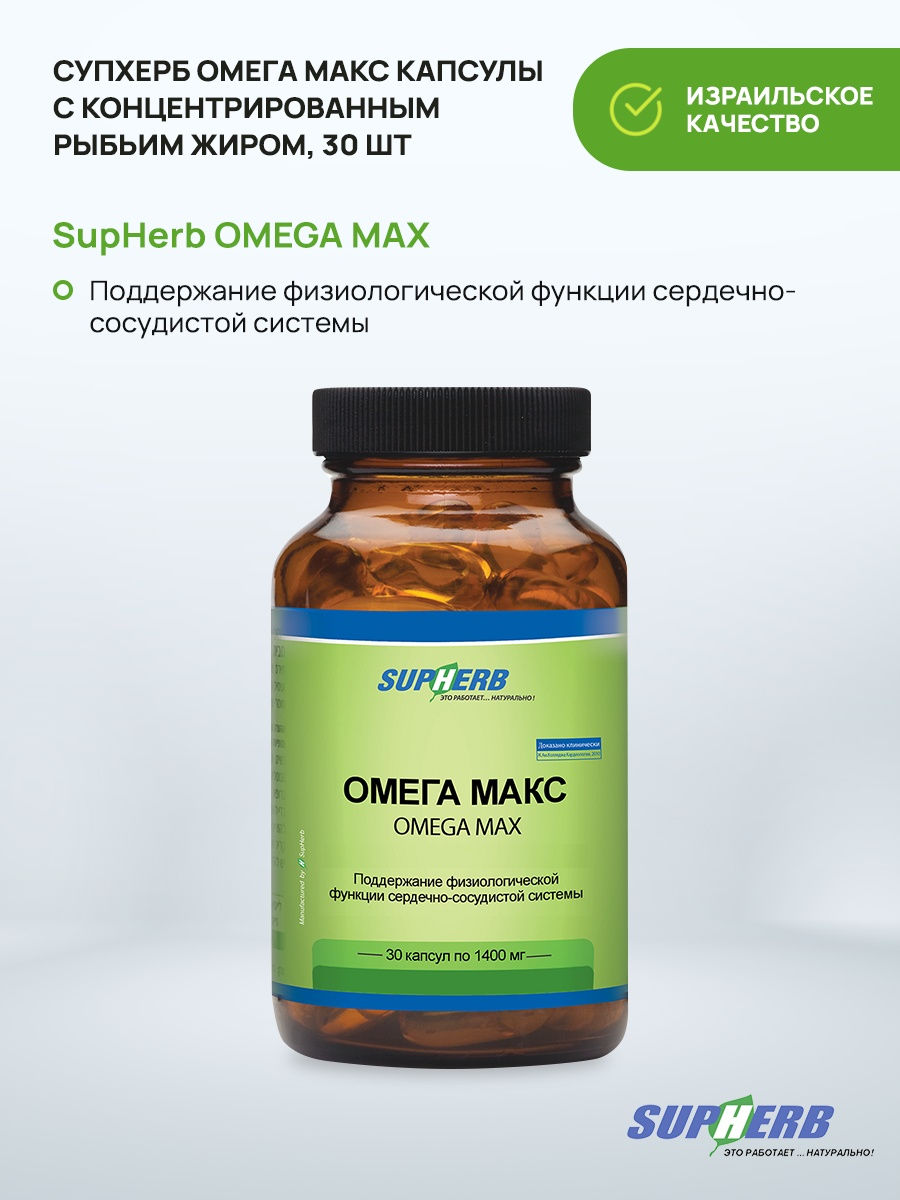





There are no reviews yet.